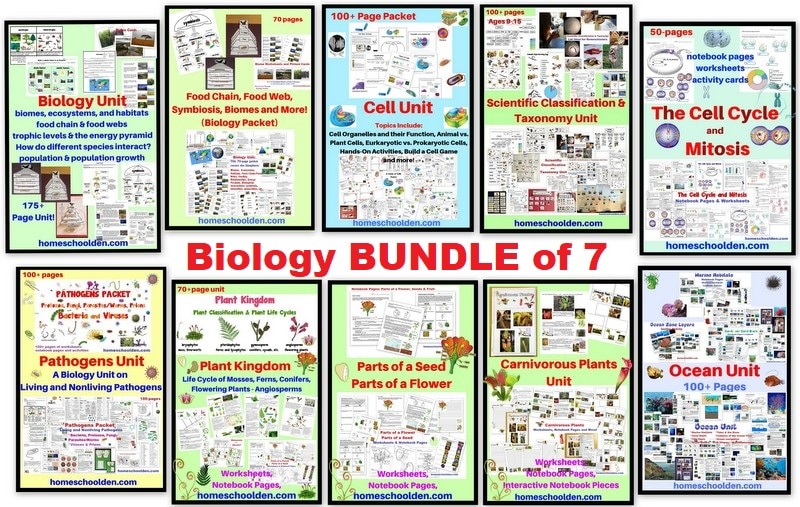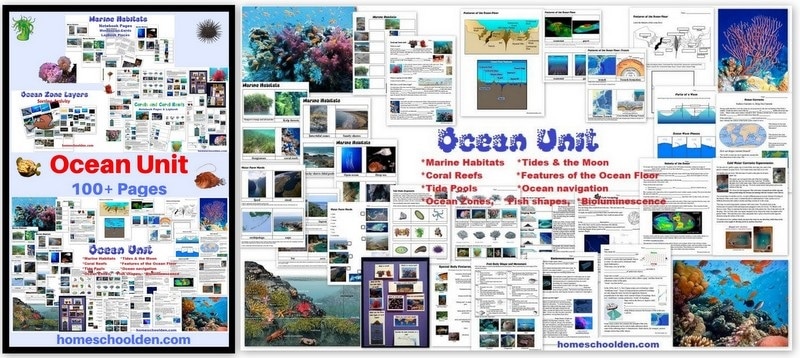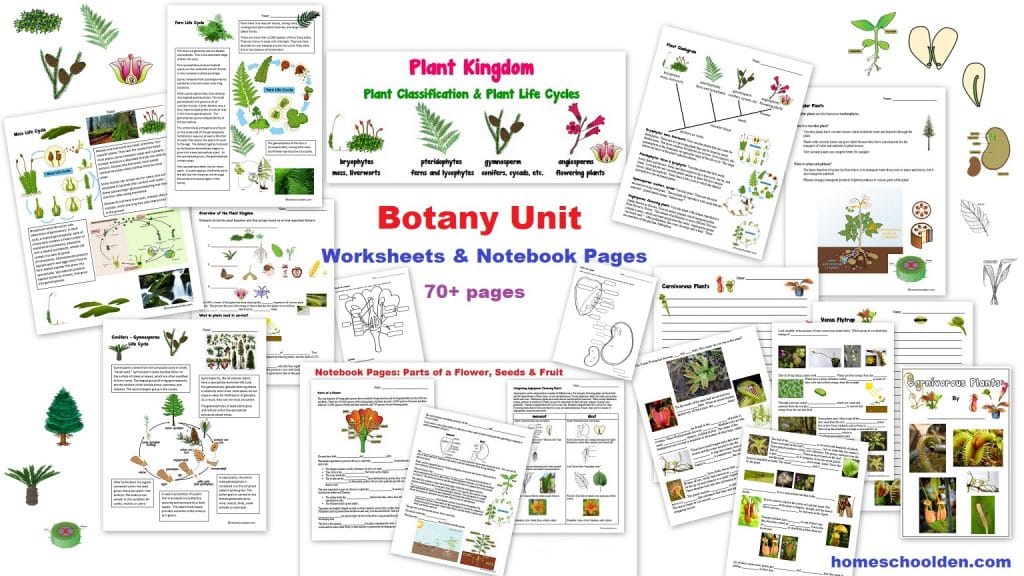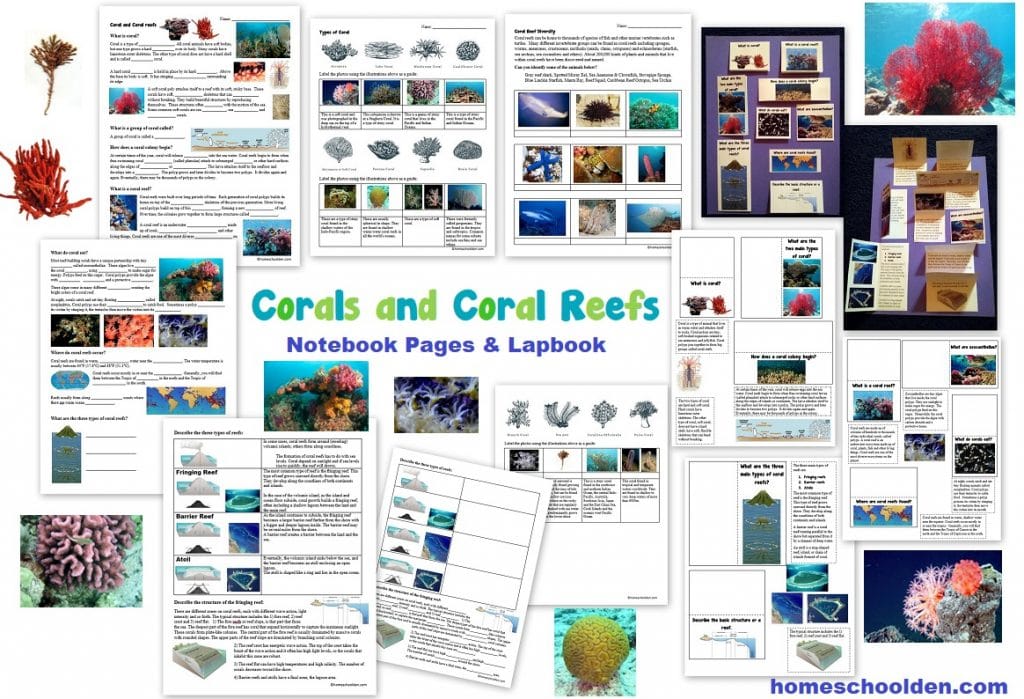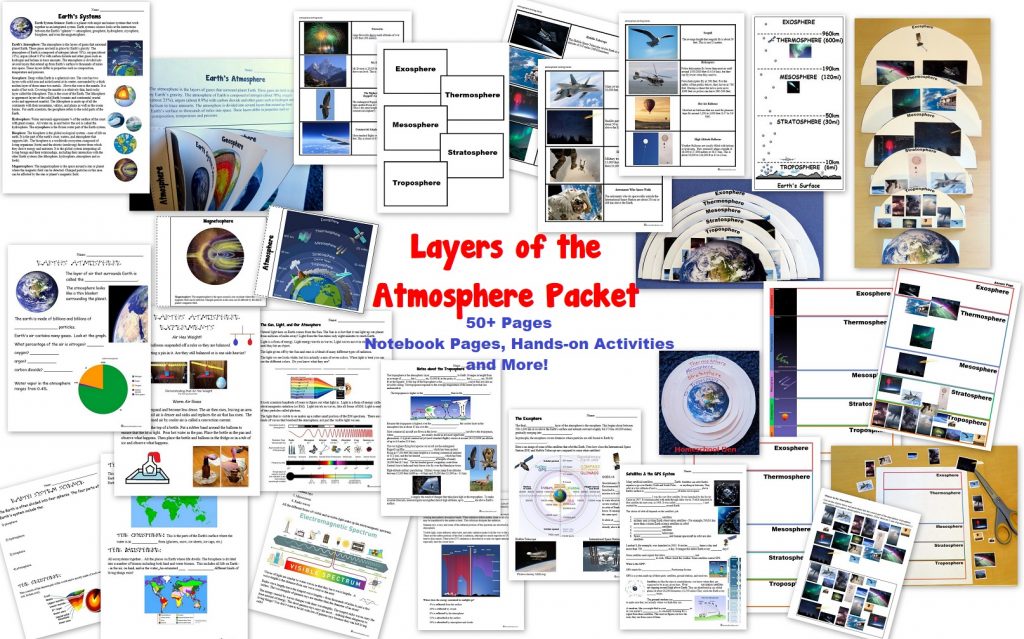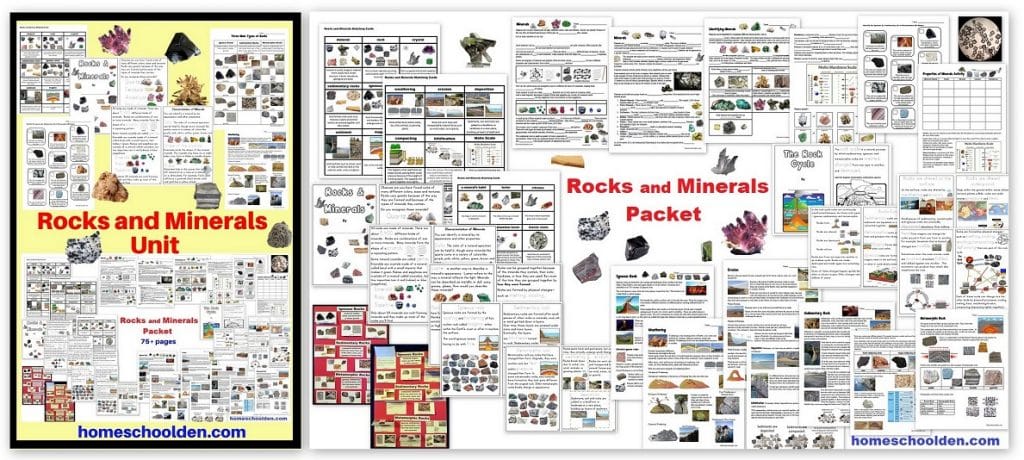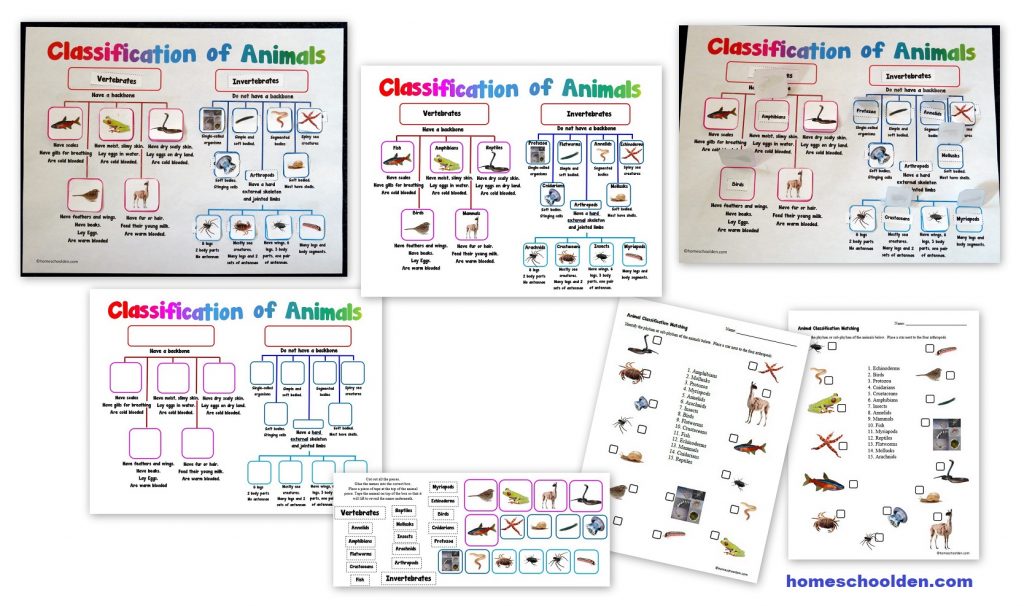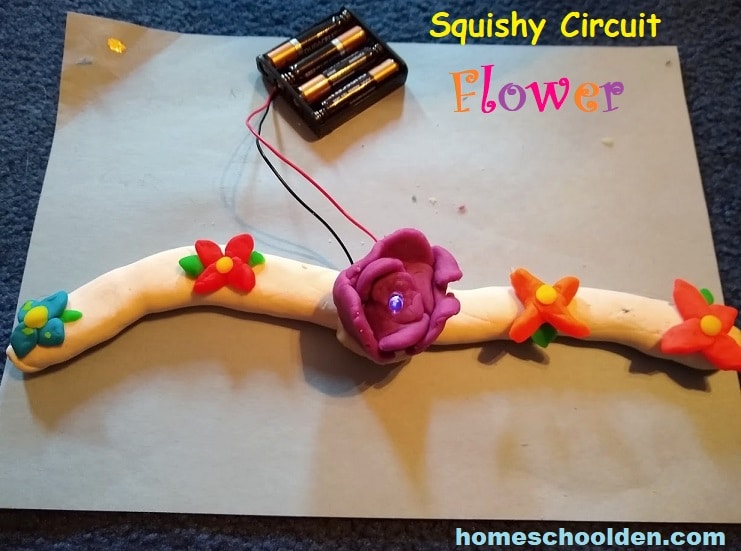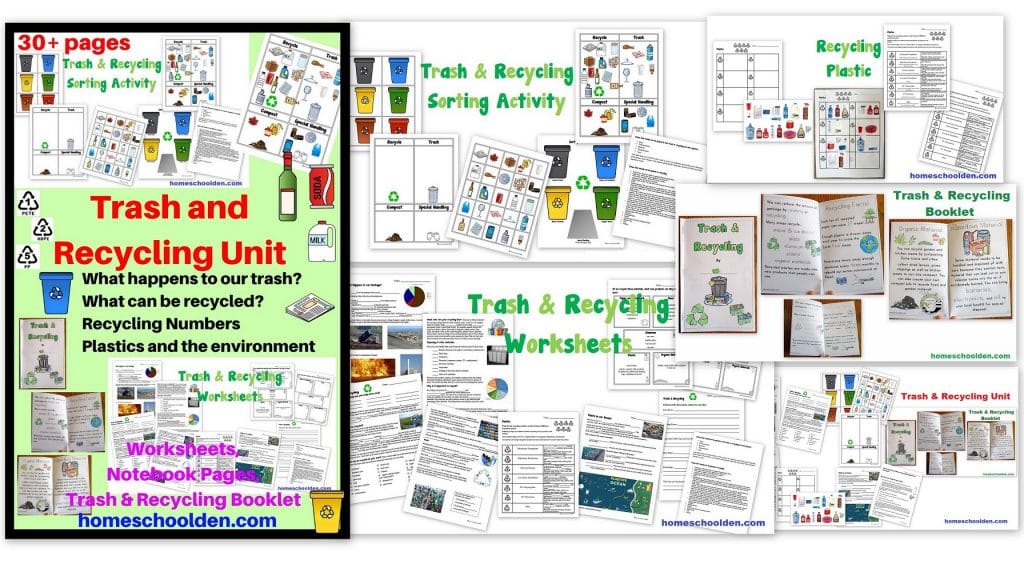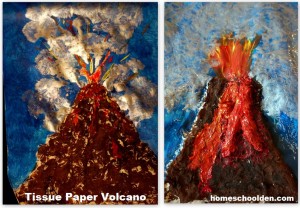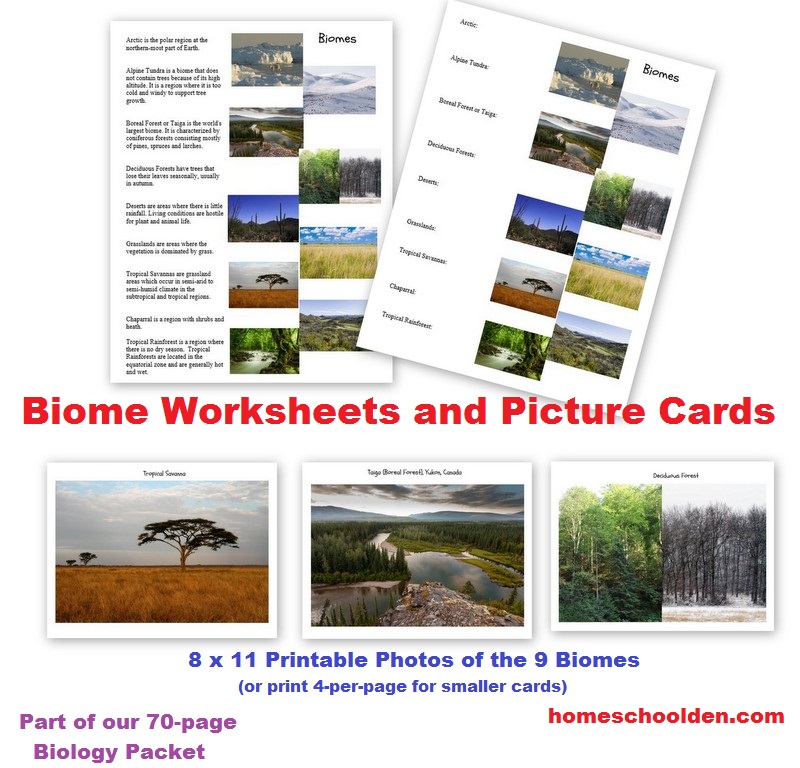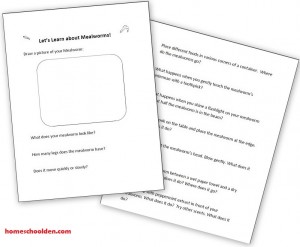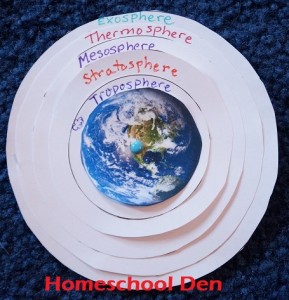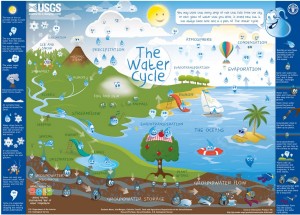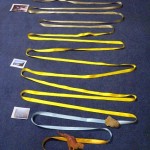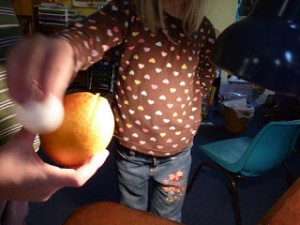We have close to a hundred science posts, if not more! So, I made this page to help you find some of the science resources, notebook pages, and hands-on activity ideas we have here on the blog. The table below organizes all of our science posts. I hope it’s helpful! If you ever have any questions, feel free to drop me a line. Plus, if there’s a topic you need – feel free to reach out to me and I can try to add it to my to-do list! liesl at homeschoolden dot com. Don’t forget to subscribe to our Homeschool Den Newsletter! ~Liesl
Below the science unit chart, you’ll find a couple of quick videos including one about Homeschool Science in the Elementary and Middle School Years. It highlights some of the activities and experiments we’ve incorporated in our science units over the years.
How do we know what science units to cover from year to year? I created a Homeschool Science Unit Checklist for Elementary and Middle School that I think about as we move from unit to unit. I have a general goal of what I’d like for the kids to have covered K to 8, but we’re also flexible and go off on tangents when it’s warranted! It many of the units we hope to cover in elementary and middle school.

You can click on the link above to bring up the pdf. It is also located in Our Store (If you use this option, then you’ll be notified if there are any updates to this file).
$0.00 Free Science Unit Checklist for Elementary & Middle School – A list of science units our family hopes to cover in elementary and middle school
Below are some of the units we’ve covered in our homeschool. Along the way, I’ve made lots of notebook pages for the kids and we’ve done tons of hands-on activities.
I hope you find some posts that help make science come alive for your family!! ~Liesl
PS-This page is always a work in progress! You know how that goes! 🙂

Latest update, 2023: There are now a number of different BUNDLE options available for even better savings.
Here are where you can check out the various science packets we have available. You can also visit our store.


the Nature Studies Bundle (for elementary)
Chemistry Bundle (for upper elementary, middle school, high school)
Human Body Bundle – Each year we go over one of the human body systems. We have covered topics such as the skeletal system, muscular system, digestive system, circulatory system, nervous system, endocrine system and more!
Scroll below or visit Our Store for more options.
Homeschool Science Supplies
A reader asked what types of supplies we used in our science units. These materials are listed in our packets (and there are photos and detailed explanations of what we did in the packets themselves), but if you’d like to see the kinds of supplies we used you can visit this Science Supply Page.


These packets can be purchased together or separately: Earth Science Packet (150+ pages), Layers of the Atmosphere Packet (50+ pages), Where I Live Activities: My galaxy, solar system, planet, continent, country, state, town and home!
We also have a Human Body BUNDLE
These can be purchased individually or in the Human Body BUNDLE that includes these packets:
- Cell Packet
- Human Body Systems
- Skeletal System Packet
- Digestive System Packet
- Circulatory System Packet
- Nervous System
- Muscular System
- Endocrine System
If you have younger kids, you might be interested in the Five Senses Unit. It includes a lot of fun hands-on activities about hearing, sight, taste, smell and touch.
The various Animal Units have been put into a Big Animal BUNDLE
One Mum from the UK said: We got the animal bundle a few weeks back. An AMAZING resource! Perfect for a combined geography project. Especially love how you can adapt these packs to suit your learning style.
Quick Previews (These can be purchased separately or in the Big Animal Bundle.)
- Animal Packet
- World Animal Packet
- Rainforest Packet
- Life Cycle Packet
- Winter Packet and Hibernation Unit
- Plus, there are mini-units on Wolves, Cicadas and Chameleons
More details (and to purchase these packets individually or in the bundle) visit this Animal BUNDLE post:
There is a Biology BUNDLE of 5. Again, these units can be sold together or separately.
Biology BUNDLE of 5: 1) Biology Unit (Biomes, habitats, food chains/webs, feeding relationships) 2) Scientific Classification & Taxonomy Packet 3) Ocean Unit & Layers of the Ocean/Ocean Zone Activities 4) Botany Unit 5) Scientific Classification & Taxonomy
And we also have a Chemistry BUNDLE:


Here are just a few more pictures of some of our Science Units:
Layers of the Atmosphere Packet
Magnetism Unit on Magnetic Fields, the Magnetosphere and Animal Migration
This unit can be bundled with the Earth Science materials for even better value! See Our Store for the bundle options!


Scientific Classification and Taxonomy: This past fall, we did an in-depth study of scientific classification and taxonomy (You know, kingdom, phylum, class, order, family, etc!)
We spent a lot of time really learning about difference in structure and form among the phyla… what is the difference between platyhelminthes and annelids, for example! My kids can tell you! We also did some simple dissection at the end of the unit. (If you have younger kids, you would probably be better off to start with the Animal Unit which touches on classification, but goes over broader differences between vertebrates and invertebrates, which animals have feather/fur/skin; insects vs. spiders; domesticated vs. wild animals; animal tongues; animal homes, etc. )
I suggest that you use this Scientific Classification packet with middle school+. The Animal Unit is better with younger (elementary) students and we did that unit a few years before we did this one, although this unit does have a simplified Animal Classification Activity included. 🙂


We did a unit on Chemistry, going into more detail about the Periodic Table, ionic & covalent bonds, Bohr Diagrams, Lewis Diagrams and more!
The kids really liked working with the chemistry cards and said those really helped them understand electron structure! The cards are included in the packet as is the interactive notebook activity, worksheets, and pictures/instructions with the hands-on activities we did. (Suggested ages: middle school+ — My kids were 10, 12 & 14 when we did this unit).


The Electricity and Circuits Unit is really fun and includes a lot of hands-on activities!
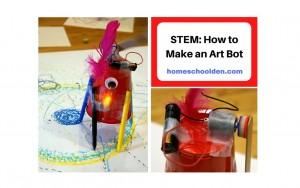
This year, we also studied the Digestive System again, so that packet also got a huge update (last year we studied the Circulatory System). We spent a lot of time talking about the parts of the small and large intestine as well as the organs such as the liver, gall bladder, pancreas and their role in the digestive process. Not only did I add new notebook pages and interactive notebook pages… but I also added in an entire section on Nutrition – we spent time learning about the role fiber plays in your diet and also learned about some of the important vitamins we need.
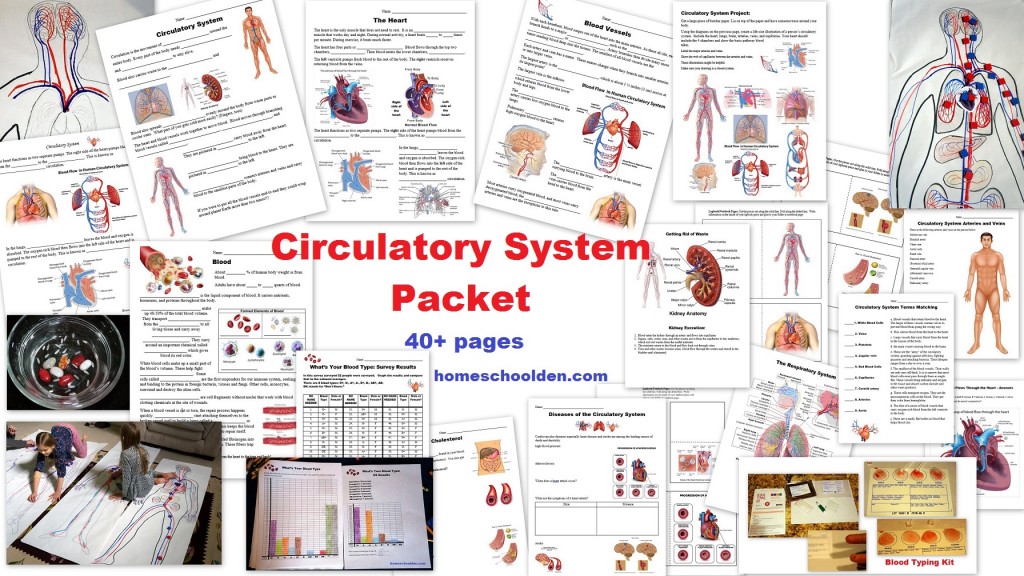


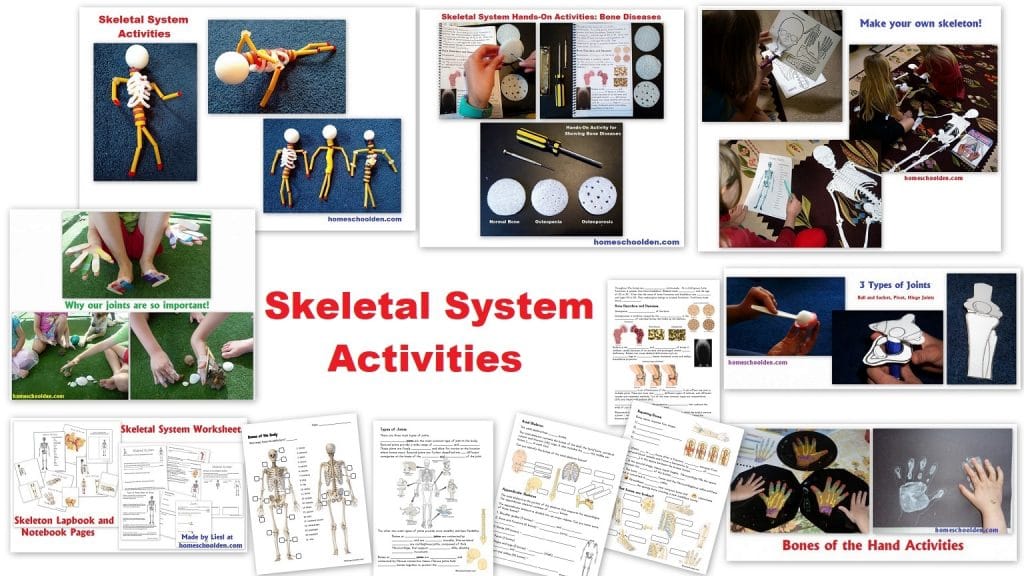


A couple of years ago, my youngest spent time learning about Life Cycles again. I also made a new Life Cycle Packet — which helps kids become familiar with the different stages in the life cycles of the chicken, sea turtle, frog, mosquito, butterfly, dragonfly, bee, mouse, and ladybug. There are cut-and-paste activities, writing paper, a game, make-a-spinner activities and more.
Five Senses Packet – I finally updated and added to the Five Senses Packet! It is now nearly 100 pages and includes all kinds of hands-on activity ideas, a lapbook, booklest, sorting cards, worksheets and more.

One spring around Earth Day, we did an environomental studies unit on trash and recycling. We talked about landfills, what can be recycled (and what the numbers mean on plastic), plastic and the environment and more!
Botany Unit: Parts of a Seed, Parts of a Plant, Plant Kingdom Packet
Note: The links on this page take you directly to the blog posts, so you can read more about our hands-on activities and see more pictures of the what is included in the packets. If you are interested in purchasing our packets you can also visit Our Store as well. Feel free to contact me if you have any questions! ~Liesl
P.S. Someone asked me for a printable list of our Science Packets and Bundles. It also includes a list of some of the free resources we have here on the blog. Here’s a pdf you can download and print out. It’s now a bit out of date (it’s on my to-do list again!!), but here’s what I had shared with her:
FREE pdf: Science Resources on the Homeschool Den
I’ve updated this post (above) quite a bit, but below there are some links that I didn’t mention above so I’ll leave this section in! 🙂
Remember, you can see a list of all our science, history, geography, spelling, writing packets, and other units at Our Store.
~Liesl
Earth Science Activities |
Earth Science Activities
|
|
Simple Machines
|
Simple Machines |
|
Physics Unit
|
Physics Unit:We did a Physics Unit a number of years ago (when the kids were 8, 6, 4). This post has some of our hands-on physics activities after we had learned about Newton and read through our physics textbooks. |
|
Rocks and Minerals Unit
|
Rocks and Minerals Unit
|
|
Cell Unit |
Cell Unit
|
|
Human Body Systems |
Human Body Systems
|
|
Digestive System |
Digestive SystemDigestive System Unit: We had such fun with this unit. We did hands on activities to see how the digestive tract works (how nutrients pass through), made “fake”vomit, measured out the length of the digestive system and more! We broke this unit into three sections:
|
|
Skeletal System |
Skeletal System
|
|
Circulatory System
|
Circulatory System |
|
Chemistry Unit
|
Chemistry Unit
We followed up our States of Matter Unit, with a study of the physical and chemical properties of matter which was geared more for my 11 and 13 year olds. In this unit, we went into a lot detail about density and did a number of hands-on activities to determine the density of different materials. My older kids did a study of the periodic table:
While my younger daughter used Real Science-4-Kids Chemistry pre-Level I (affiliate link) and did a lot of science experiments to go along with that.
Here are some of our other chemistry posts (from when we studied chemistry a couple of years ago):
|
|
Biosphere (Biology) UnitVertebrates and Invertebrates Biomes Animal Habitats Feeding Relationships Biological Interactions |
Biosphere (Biology) Unit
Biology Posts from when the kids were younger (4-6)
And Planaria (a type of flatworm): Hands-On Invertebrate Fun! Part II – Planarian – which you can order to study at home. They are easy to care for and are fascinating to study because they regenerate. |
|
Earth’s 4 SystemsLayers of the Atmosphere
|
Earth’s 4 SystemsLayers of the Atmosphere |
|
Ocean Unit
|
Ocean Unit (ie. the hydrosphere)     Ocean Zones — Layers of the Ocean  Ocean and Whale Unit (the kids were in PreK and early elementary for this unit): Ocean and Whale Unit (the kids were in PreK and early elementary for this unit): |
|
Weather and Water
|
Weather and Water
|
|
Plants Unit |
Plants UnitBotany Packet (This is a growing packet… we’ll be going into more detail about ferns, moss, and so forth next year).
|
|
Astronomy Unit
|
Astronomy UnitWe talked about the solar system and geologic time recently, but many of our activities were from when the kids were younger (ie. PreK and early elementary) Here is an astronomy packet I shared on the blog for younger kids: Planets of the Solar System And here are some for Middle School Students: Astronomy Worksheets for Middle School
|
|
STEMElectricity and CircuitsEngineering Activities
|
Engineering ActivitiesWe made an art bot as the final project in our Electricity and Circuits Unit! More Engineering and STEM posts:
|
|
Dinosaurs |
Dinosaurs
|
We did do a Physics Unit early on (the post there has some of our hands-on activities!). Update: in the middle school/early high school years we went on to do units on Energy, the Carbon Cycle, Fossil Fuels and so forth.
Homeschool Den Video Post: Science in the Elementary and Middle School Years
This is a video post about Homeschool Science in the Elementary and Middle School Years. It highlights some of the activities and experiments we’ve incorporated in our science units over the years.
How do I start teaching science to my kids? This is a very different answer if your kids are K-2 than if they are a bit older. Here are some of the science topics you might want to consider if your kids are in early elementary. I put together a video of some of the activities we did when the kids were in early elementary.
Homeschool Science in Early Elementary

Again, if you are interested in joining our Homeschool Den Newsletter, feel free to subscribe here. The Welcome Series includes 5 packed emails… with tips on homeschooling, keeping motivated, finding various resources and freebies tucked away on the blog and more!
Plus, you’ll be the first to hear about new packets (generally offered at a discount when they are first released), seasonal resources and more!

Happy Homeschooling!
~Liesl
Disclosure: Please note that some of the links in this blog are affiliate links, and at no additional cost to you, I will earn a commission if you decide to make a purchase. If you do click over, thanks for supporting our blog!

